Music in Healthcare Settings Training
From 11th-17th April, we have been busy delivering our latest 5-day training course for musicians, exploring the skills and competencies required of a musician to work in healthcare settings.
Over the course of five days, 8 trainees and 3 trainers have worked together to develop their skills, knowledge and awareness and visited the Derbyshire Children’s Hospital to make music with patients, visitors and staff on medical and surgical wards, in Neonatal Intensive Care and in Children’s Accident and Emergency.
All found the training experience to be stimulating, exciting and hugely developmental. We would like to thank our fantastic group of trainees for their music, their passion for this practice and for their deep reflection which has helped us all to learn and to develop.
Thanks also to our funders and supporters of this practice, including the Derbyshire Children’s Hospital, Youth Music and Derbyshire Music Partnership for making this training course possible.








